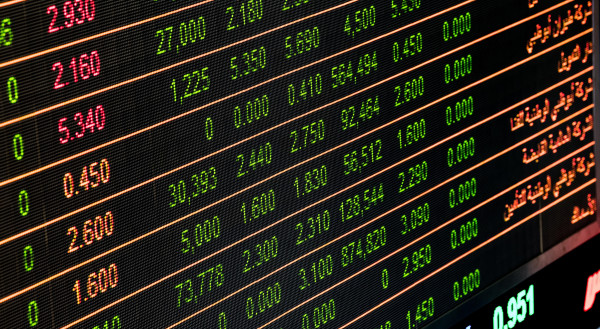Third, adverse supply shocks in the global economy were notable by their absence. Geopolitical crises, especially those leading to sudden spikes on oil prices, had been the prime enemy of stability and high returns in asset markets in previous decades, including just ahead of the financial crash. But in the latest economic cycle, the main shift in oil prices was downwards, when extra supply from American fracking caused the West Texas Intermediate – a major oil price – price to plummet by two thirds in 2014-16. Over the entire 10 years oil prices were broadly stable.
Fourth, and perhaps most important, the long-term downtrend in nominal and real interest rates was maintained during the decade. Many investors attribute this powerful trend to the actions of the central banks, and they certainly did their best to depress rates by buying unprecedented amounts of government debt in successive doses of quantitative easing.
But the deeper cause of lower rates was the continuing drop in r-star, the equilibrium real interest rate in the global economy.
This rate, which is conceptually that which allows the central bank to hit its inflation target when unemployment is at its sustainable rate, has been falling since the 1980s, and it has dropped by about 2 percentage points since the financial crash.
Central banks were forced by what former US Treasury secretary Lawrence Summers called “secular stagnation” to cut their policy rates by at least that amount in real terms to leave the policy stance unchanged, and this was eventually reflected in long-term bond yields.
The decline in interest rates across the yield curve reduced discount rates on all income earning assets, boosting the fundamental value of assets such as equities and real estate.
Those assets with the longest duration, such as equities in the massive US technology sector, benefited the most. This is because those assets are expected to generate most of their revenues in future years, rather than today, and, in consequence, investors who buy the shares today are sacrificing more immediate returns in anticipation.
If interest rates rise, this increases the immediate returns available to investors from holding cash or government bonds, and so reduces the attractiveness of returns that may be earned from assets in the future.
These macro factors comfortably explain why the past decade has been so rewarding for asset holders.
Pandemic puzzle
However, they do not explain what has happened in the last two years of this period, that is, the years of the pandemic.











